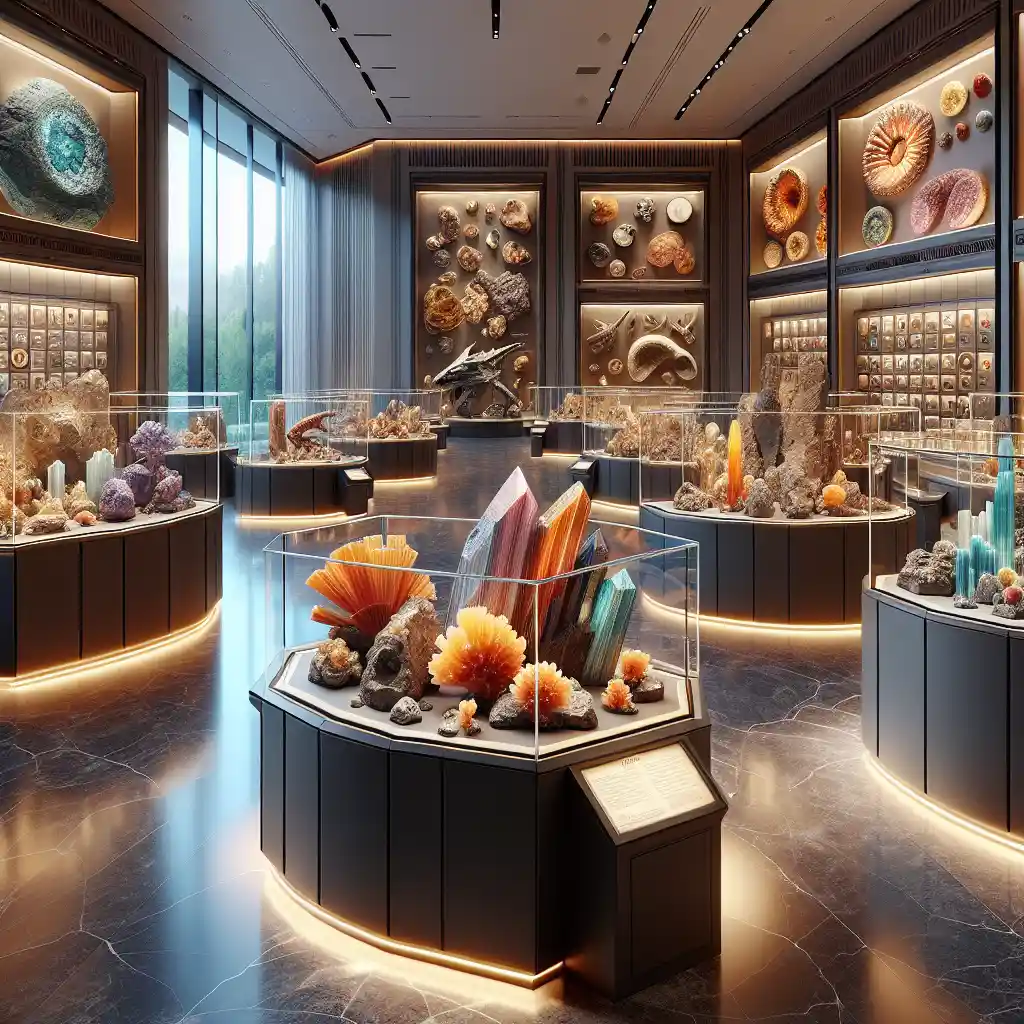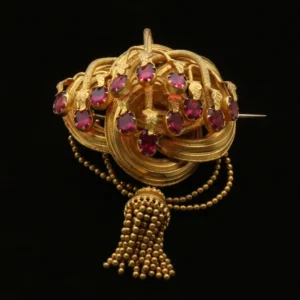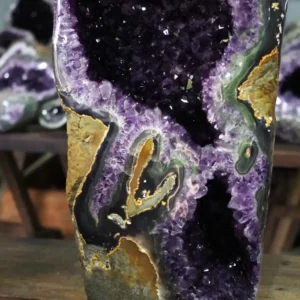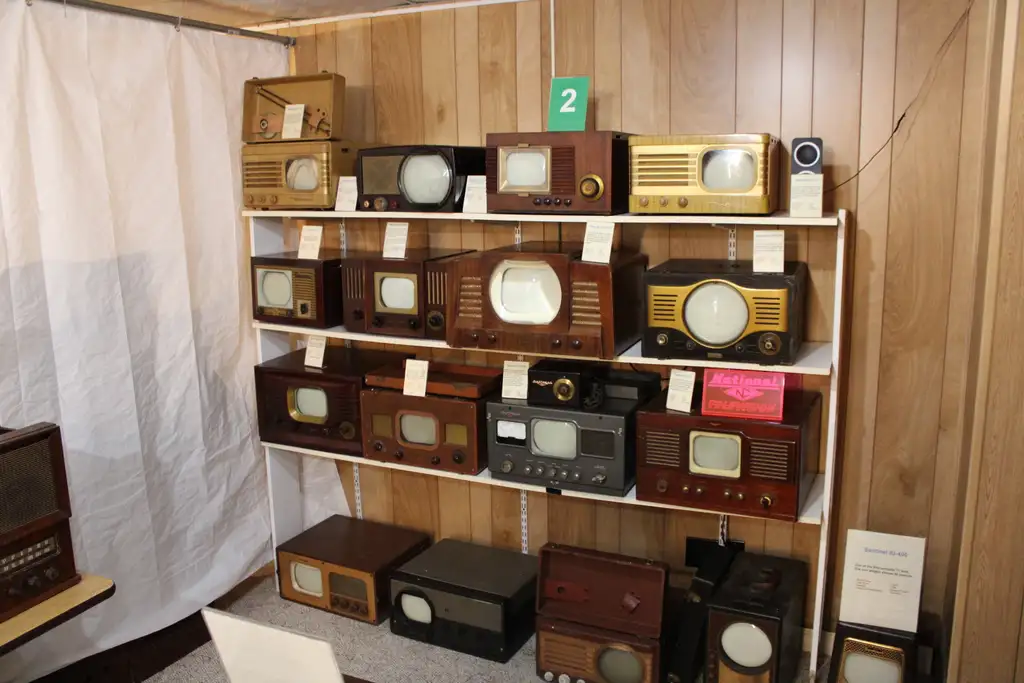The collection, transported from Herefordshire by Professor David Martill and PhD student Roy Smith, will serve as a rich educational resource for students in the university’s School of Environment, Geography, and Geosciences. “Paul was a dedicated geologist, passionate about sharing his love for Earth’s history. It’s fitting that his life’s work will now inspire future generations of students,” Professor Martill remarked. The university is still sorting through the specimens but has already identified some extraordinary items, like a rare plesiosaur thorax often linked to Loch Ness Monster reconstructions, a split starfish showcasing intricate arm segments, and a polished tooth from the giant shark Carcharodon, discovered in Essex.
The collection has an adventurous history, narrowly escaping disposal when St Mary’s College London University’s geology department closed in the mid-1990s. Dr. Olver rescued it, relocating the specimens to various homes in Surrey and Hereford, with contributions from family field trips across the UK and Europe. “Paul saved the collection from destruction, giving it new life in our home before it moved several more times to keep it safe,” said Susan Olver.
Professor Martill highlighted some unique items, such as volcanic glass, teardrop-shaped volcanic bombs, twisted ropy lava, and Pele’s hair, thin strands of volcanic glass formed in cooling lava gas jets. There’s even a beautiful slab of Cotham marble, which looks like a miniature forest scene but is actually fossilized blue-green algae.
The collection is now being sorted by palaeontology students, who are organizing it into fossils, minerals, and rocks for upcoming classes. “These specimens will greatly enhance our teaching collection,” Professor Martill added, noting that Portsmouth was the UK’s first university to offer a dedicated palaeontology degree. With this donation, students will have invaluable resources at their fingertips, marking a significant boost for the program.








